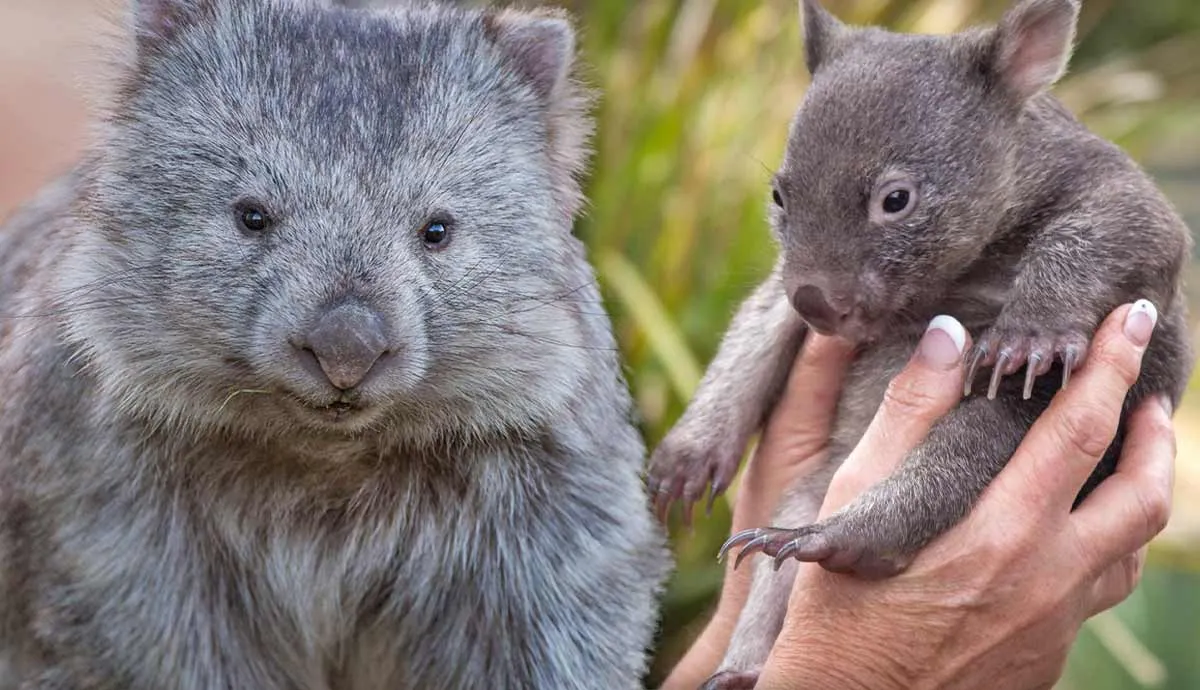You may have seen them in kid’s movies like Disney’s Zootopia or in cute animal memes. These small canids are the smallest fox species.
They are only 14 to 16 inches long and weigh just 2 to 3 pounds. They hunt at night, sleeping in burrows during the day. Fennec foxes are clever and perfectly built for their native habitat.
Read on to find out more interesting facts about fennec foxes.
Fennec Foxes Live in The Desert
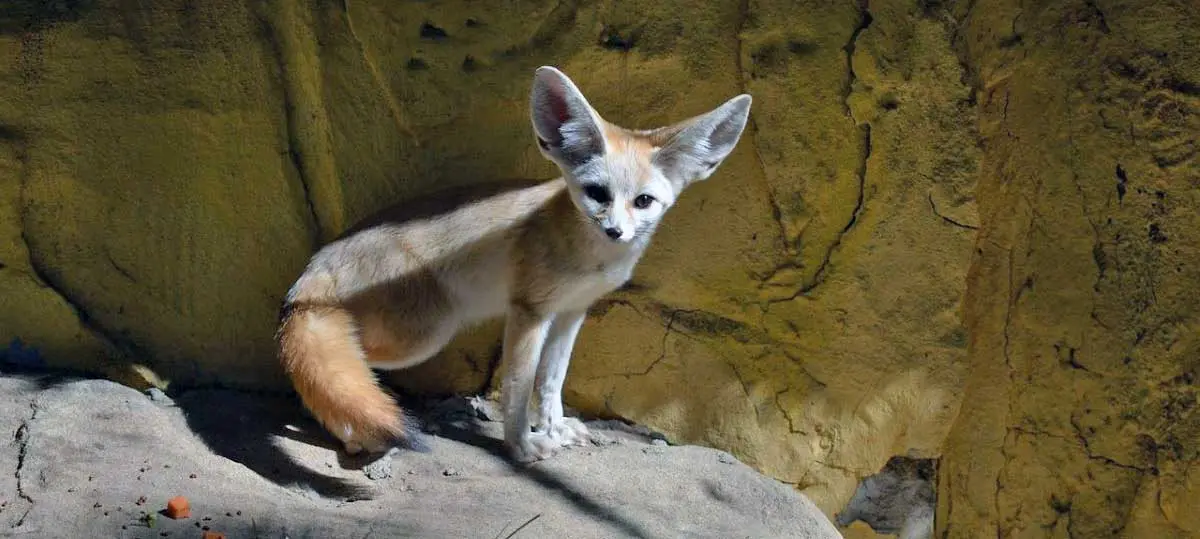
These beautiful reddish cream or fawn-colored foxes live in North Africa, specifically in the Sahara Desert. They can also be found in the Sinai Peninsula and Arabia.
Fennec foxes are the perfect desert animals. They are small enough to hide under the sand and desert vegetation, where they build their elaborate dens. Their tunnels can reach up to 32 feet long and have multiple entries and exits. These dens provide them with a cool place to sleep during the hottest part of the day while also protecting them from predators.
Their coloration also keeps them perfectly camouflage against the arid, sandy deserts.
Fennec Foxes Are Omnivores
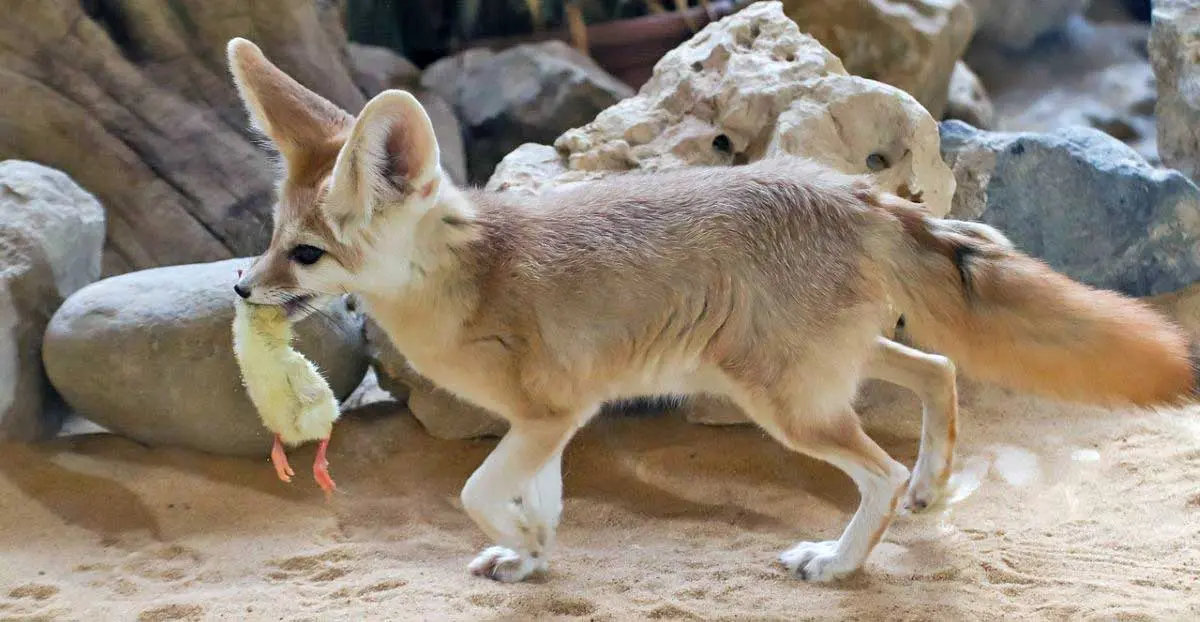
These nocturnal foxes emerge when the sun begins to set to hunt for their food. They eat a variety of foods, including insects, snails, lizards, eggs, rodents, fruit, roots, and plants. They are omnivores and take what they can get in the harsh desert climate.
The fennec fox’s large ears help them to locate their prey in the sand. They work alone to catch and kill. Fennec foxes can be remarkably strong for their size taking down prey as large as a full-grown rabbit. Sometimes fennec foxes bury their prey to save it for later.
Many desert animals have learned to go long periods without water. Fennec foxes are no exception. Their renal system has adapted to allow these foxes to survive on very little water. The fruits, leaves, and roots they eat are their main source of hydration.
Fennec Foxes Are Monogamous
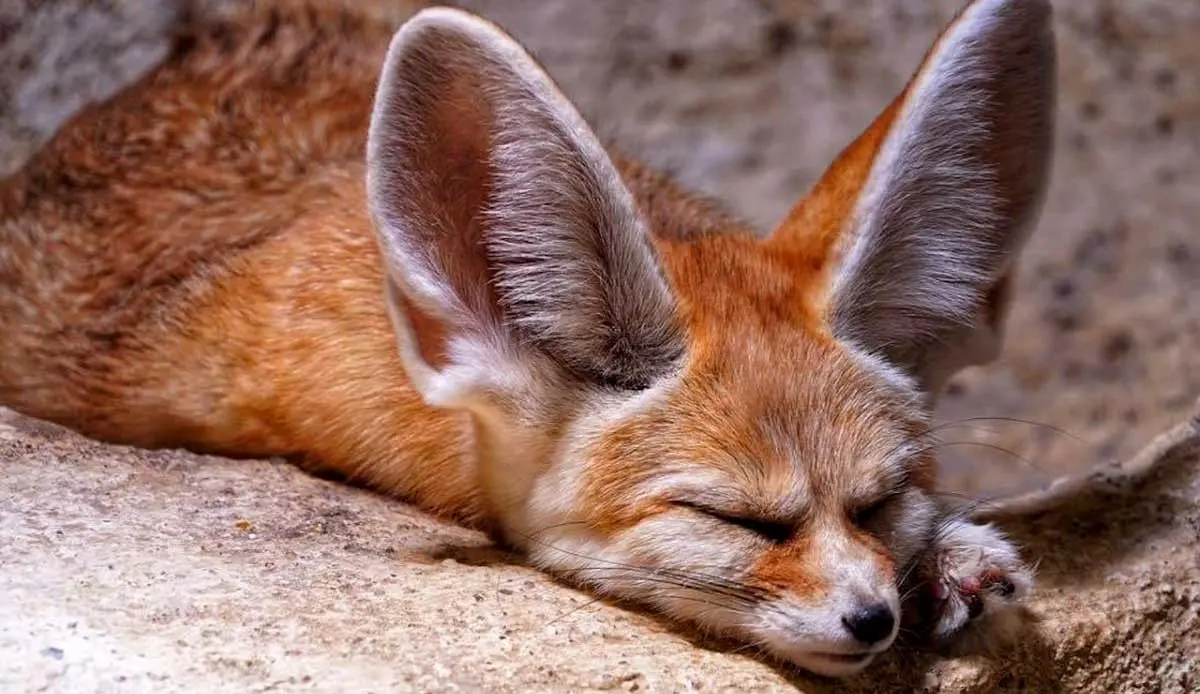
Fennec foxes are monogamous and mate for life. Every year, breeding season happens in January and February. During this time, male foxes become very aggressive. They mark their territory with scat and urine, daring any other male to come near. Fights can happen, and males defend their females ferociously.
After mating, the female will gestate for about 50-53 days. So, by March and April, they deliver litters of 2-5 kits in their dens. Males will feed the female while she nurses her kits for the first four weeks. Kits are born blind and helpless, so they require the mother’s full attention. The mother stays with them in the den until they are weaned.
Kits become sexually mature at 10 months old.
Those Large Ears Help Keep Fennec Foxes Cool
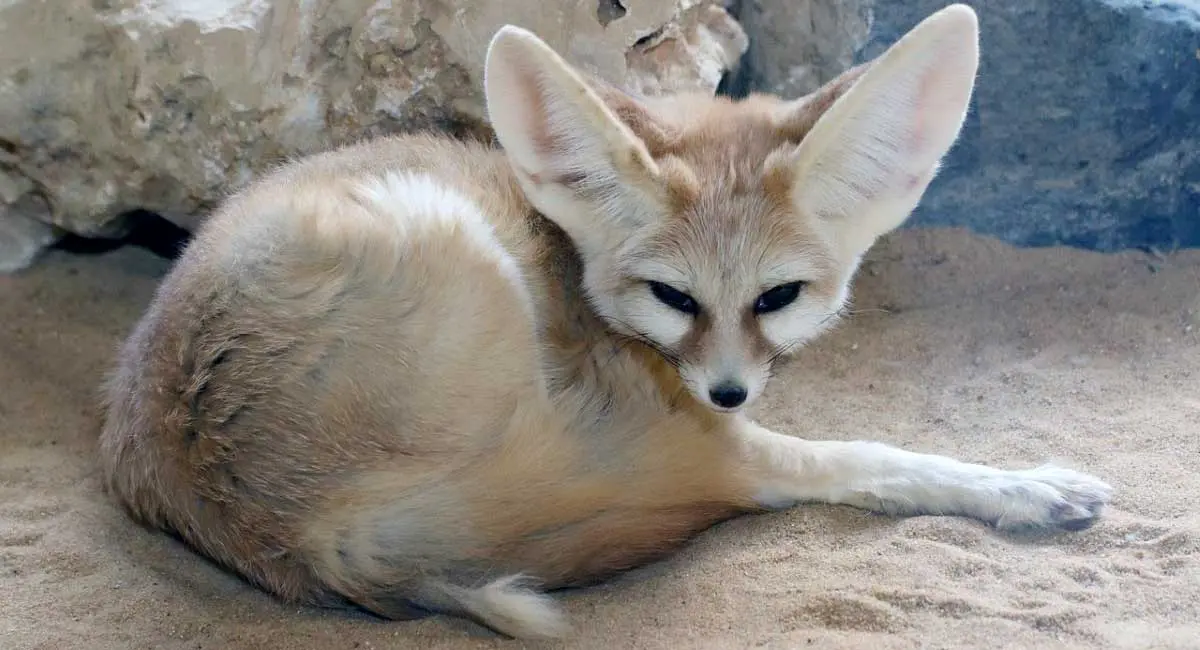
The fennec fox has many characteristics that make it perfectly adapted for the desert. Their feet have soft fur on them to protect them from the hot sand. This fur also helps them to keep their footing.
One of the most distinguishing features of the fennec fox is its large ears. These ears are around 6 inches long, which is about half the size of the fox’s body. Their ears are great for cooling them off. The ears have a lot of surface area of exposed skin. They are loaded with blood vessels. These large ears help to dispel a lot of heat without the fox having to sweat.
Water is precious to desert animals, so sweating is a high-risk activity. This ear adaptation helps the fennec fox stay cool while also conserving water.
They are also incredibly tolerant of high temperatures that would be lethal to other mammals.
Fennec Foxes Live in Groups
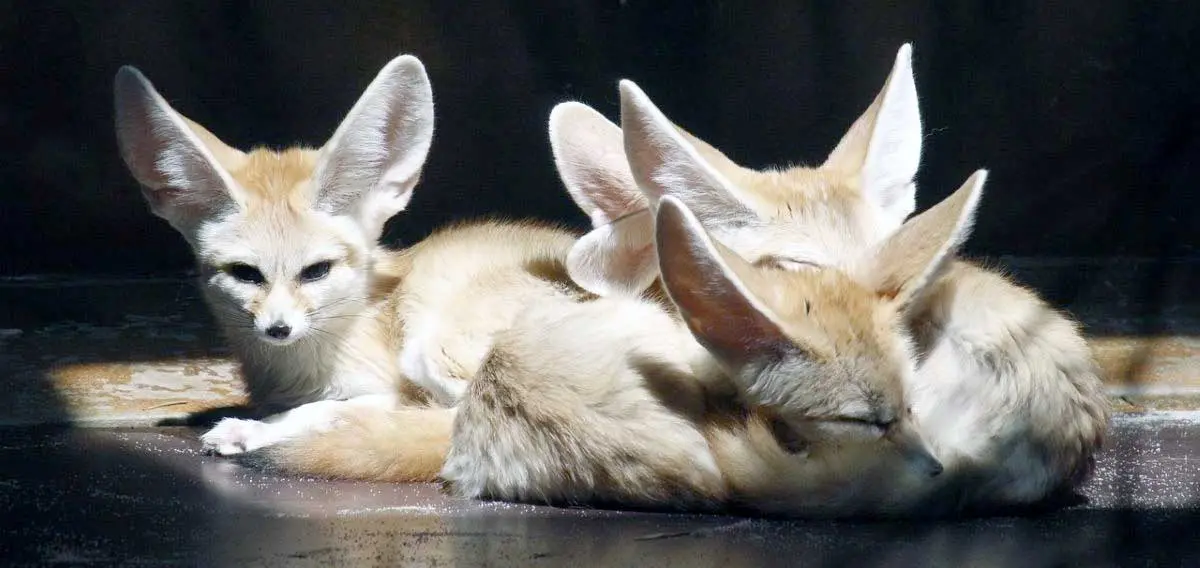
Fennec foxes are solitary hunters, but they live together in social family groups. They have a mate and family group of about 10 individuals always living in their dens. The family groups are usually made up of the mated pair, their current litter of kits, and several young from the previous year.
Scientists have also observed multiple families living in interconnected dens. To establish territorial lines, they use urine and feces to establish boundaries. They also communicate with other fennec foxes by using several different noises. They whimper, bark, squeak, growl, howl, chatter, and shriek.
So, these creatures enjoy having others around. In zoos, fennec foxes can be seen snuggling and playing together.
Conclusion

Fennec foxes are incredibly cute and well-suited to their desert lifestyles. They are remarkably well built for the harsh heat and dry conditions of their native habitat. Although they are not endangered, they do face some threats from humans who want to capture them to sell them as pets or for their fur.
Although they are beautiful, and some people do keep them as pets, they are not like domesticated animals. If you choose to keep one as a pet, do your research thoroughly and get your fennec kit from a reputable breeder. Some fennec fox kits are taken illegally from their dens.




